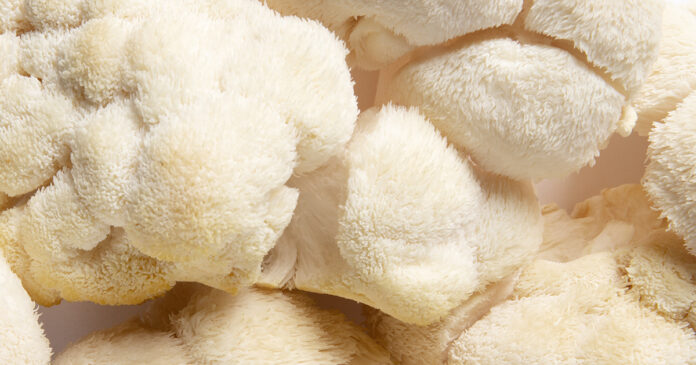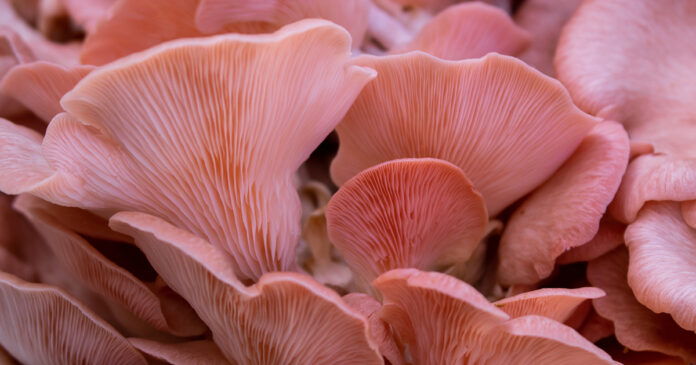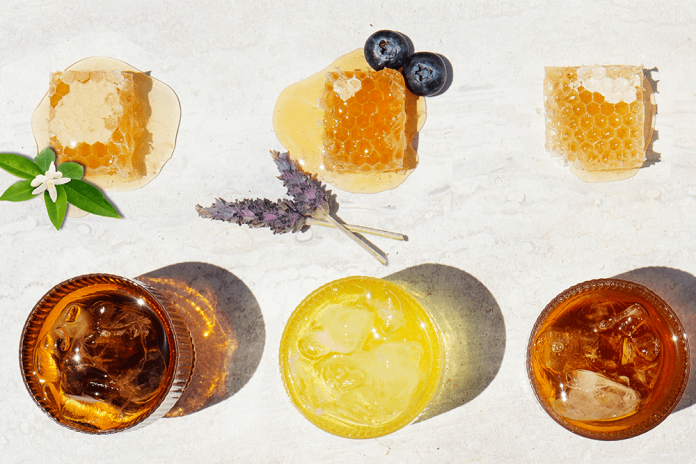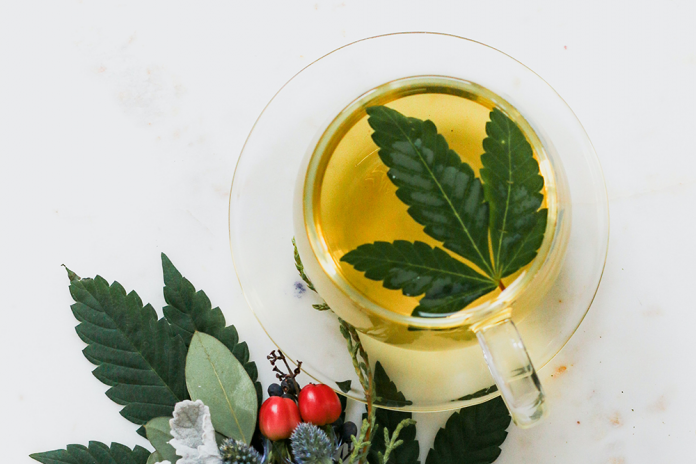Tea drinkers come in many forms. Some are purists, who want the leaf and nothing but the leaf.
But many others like to complement their brew with some citrus, dairy, sweeteners or additional flavors. Many ingredients not only add extra flavor or texture, but extra nutrients as well.
Here are some of the top add-ins to put in your tea (and what tea to pair them with) for an extra tasty and nutritious cup.

1. Lemon
Lemon pairs well with green or black tea. The acidity helps to cut through green tea’s natural bitterness, and brighten up black tea’s roasty notes.
It’s also a great way to boost flavor without adding calories or sugar — a single lemon wedge contains just 1 calorie and 0.1 grams of sugar, according to USDA nutrition data.
Some researchers have also shown that lemon can help to control blood sugar levels when eaten along with a starchy meal. In one study, participants who drank lemon juice along with a few slices of bread experienced a slower rise in blood sugar and a lower blood sugar peak — meaning their levels remained more stable over time. Others who drank plain water or black tea did not see the same effects. [1]
However, the study subjects drank a whole cup of lemon juice — much more than you might add to a cup of tea. So while you likely won’t experience the same effects, the extra acidity may provide just a little bit of help in the blood sugar department.
Lemon juice is also a good source of Vitamin C, an antioxidant which helps to protect cells from damage and fight off inflammation [2].
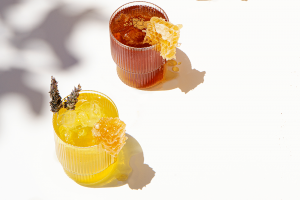
2. Honey
Honey brings more than just sweetness to the table. It also has antimicrobial and antioxidant properties and acts as a prebiotic, meaning it feeds good bacteria in the gut. All of these properties may help to support a healthy immune system. [3]
One tablespoon of honey contains about 65 calories and 17 grams of sugar. However, not all types of honey trigger the same blood sugar response. Raw honey has a low glycemic index, meaning it does not cause blood sugar spikes. This may be due to its more complex chemical composition compared to refined, white sugar, and the presence of other plant compounds like polyphenols and flavonoids.
Multiple studies have found honey to be a good sugar alternative, even for people with diabetes. Researchers have found that regular substitution can actually reduce fasting glucose levels over time, and help to support healthy cholesterol levels. [4]
There are more than 300 varieties of honey in the U.S. alone. The environment and the flowers frequented by honey bees determine what each will taste like. Honey often adds floral notes to your tea. Some varieties like orange blossom — as the name implies — can also impart a hint of citrus.
Honey pairs well with green and black tea, but may overpower more delicate white teas. Try different varieties to find the blend you like best.
3. Plant-Based Milk
Earl Grey or English Breakfast tea with a dash of milk in the morning is a must-have for many tea drinkers. Milk’s creaminess makes a pleasant complement to black tea’s caramelly, roasty flavor profile.
But some studies suggest that adding dairy milk to tea can inhibit some of your brew’s antioxidant activity.
Researchers found that a particular milk protein — casein — was responsible for binding with and reducing the effect of tea catechins. One way to get around this problem is to use plant-based milks instead. [5]
Soy milk shares a similar nutritional profile to dairy milk. Oat milk and coconut milk are also good options due to their creamier texture. Other options include almond and rice milk.
Just be sure to look for unsweetened versions to avoid added sugars.
4. Warming Spices
Warming spices make great additions to herbal tea blends and also pair well with mellow black teas or oolong tea. Chai tea is a great example of this, which consists of black tea leaves, ginger, cinnamon, cardamom, cloves, star anise, and sometimes fennel, nutmeg, pepper and coriander.
We’ll focus on two of the most popular — ginger and cinnamon — which also have evidence-based health benefits.
In multiple animal and human trials, fresh ginger has been associated with reduced markers of inflammation, due to its antioxidant properties.[6] Ginger tea can also help to calm nausea and aid digestion. Ginger, lemon and honey added to chamomile tea has long been a popular combination used to treat symptoms of the common cold, like a scratchy throat.
Ginger works well with most tea varieties, or all on its own. A simple way to infuse ginger is to brew about an inch of freshly peeled ginger root along with your loose leaf tea, or add grated ginger to your infuser.
Cinnamon has similar antioxidant, anti-inflammatory effects [7]. One of its most-lauded benefits is its ability to help lower blood sugar over time by triggering the release of insulin (although most of these studies were done in animals).
Nonetheless, adding a cinnamon stick to your tea leaves is a simple way to add a hint of spice and release more antioxidants.

5. Fruit
Adding fruit to tea is a simple way to add flavor and a little Vitamin C. The fruit you choose and how you add it depends on the type of tea that will serve as your base, and what flavor profile you want to achieve.
On chilly days, dried apples make a great addition to black tea and pair well with the warming spices mentioned above. In the summer, adding fresh seasonal raspberries or blueberries to iced white tea creates a cool and refreshing drink. Peaches also go well with iced black or green tea.
If fresh fruit doesn’t add enough flavor, mix in a few tablespoons of fruit juice or puree. This will increase the sugar content, but add more vitamins and minerals as well. Avoid extracts, as they can impart an artificial and overwhelming flavor.
6. Herbs
You know about herbal tea, but adding fresh herbs to true tea leaves can bump up flavor without adding sweetness.
Herbs like mint, peppermint, basil, lemon verbena, rose hips, rosemary and sage work well with lighter teas. White and green tea will work well with most herbs. Iced black tea is also a great base since its typically robust taste is a little more muted.
Unlike hardier spices, herbs can lose their flavor or develop an unpleasant aftertaste if overcooked, so it’s best to add herbs to your tea while the leaves are steeping, producing a more gentle infusion. If using fresh herbs, aim for about 1 teaspoon per cup of tea; use up to 3 teaspoons if using dried herbs.
Gently crushing or tearing fresh herbs may also help to release some of the plant oils, which are ultimately responsible for flavor and aroma.
Takeaway
While tea tastes great and delivers an array of health benefits on its own, adding a few ingredients can not only boost flavor, acidity, sweetness and creaminess, but confer extra antioxidants, vitamins and minerals. Experiment with the above options and find the combos that best fit your taste buds.


